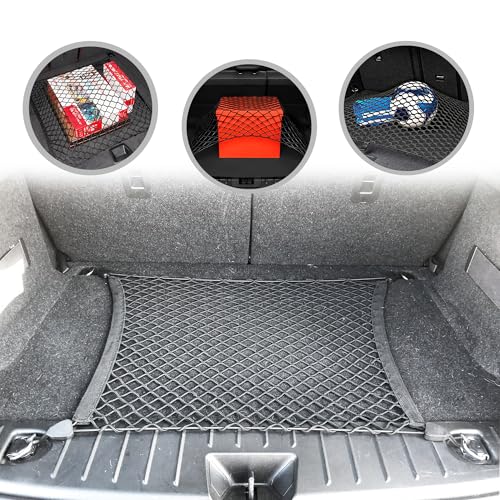jadnashuanh said:The European emission requirements are now tighter than those in the USA. Making the REx engine conform, given it's design mission, just didn't make sense to them. Europe tends to have much better public transport, so with 150+ miles on a charge, used as designed to commute or run around town, it has enough range. People typically either take the train or fly if they have to go further. From what I understand, they didn't want to put the REx in the car in the first place, but with the state of EV sales, the lack of charging infrastructure, the original battery capacity, and the 'newness', they felt it was required to win over buyers. Whether that decision was wise or not, time will tell.
Thanks for the explanation; it pretty much followed what I'd found. IIRC, there was also some gaming of the CA ZEV rebate regulations?
The range-extender option of the BMW i3 was designed to meet the California Air Resources Board (CARB) regulation for an auxiliary power unit (APU) called REx. According to rules adopted in March 2012 by CARB, the 2014 BMW i3 with a REx unit fitted is the first car ever to qualify as a range-extended battery-electric vehicle or "BEVx". CARB describes this type of electric vehicle as "a relatively high-electric range battery-electric vehicle (BEV) to which an APU is added." The unit, which maintains battery charge at about 30% after the pack has been depleted in normal use, is strictly limited in the additional range it can provide, and delivers a minimum 75 mi (121 km) electric range.
CARB classified the i3 with the REx option as a "Transitional Zero Emission Vehicle" (TZEV), the same classification as other plug-in hybrids such as the Chevrolet Volt and the Toyota Prius Plug-in Hybrid. This classification made the i3 REx eligible for California's green sticker that identifies the vehicles allowed to be operated by a single occupant in California's high-occupancy vehicle lanes (HOV), or carpool or diamond lanes, but not for the white sticker reserved for pure electric cars, such as the BMW i3 without REx. In addition, CARB certification of the i3 REx as BEVx allows the i3 with range extender to be eligible for a US$2,500 Clean Vehicle Rebate, the same amount eligible pure electric cars are entitled to. Other plug-in hybrids are eligible for only a US$1,500 purchase rebate.
The US configuration of the i3 imposes software restrictions on the car that do not apply to other territories. This prompted an owner's lawsuit in 2016.
Back to the Bolt; there is a feature which switches the interior center rear view mirror to a wide angle camera.
General Motors Rear Camera Mirror
Rear Camera Mirror is a General Motors safety technology that replaces the traditional rear-view mirror with high-resolution video streaming to a display in the rear-view mirror, thereby improving on the traditional inside rearview mirror by providing a wider, less obstructed field of view.
The Rear Camera Mirror system is comprised of two primary components:
Camera: the rear-facing high-definition camera features a high dynamic range designed specifically to enhance rear view lane width and maximize low-light situations. The camera reduces glare and allows a crisper image in low-light situations compared to a traditional glass electrochromatic, or auto-dimming, rearview mirror. The camera is finished with a water-shedding hydrophobic coating to keep it clean to maintain visibility regardless of the driving conditions.
Display: the in-mirror 1280 by 240-pixel TFT-LCD display with 171 pixels per inch
Benefits
Most evident when driving, changing lanes, and checking for vehicles and traffic conditions, the benefits of the Rear Camera Mirror include:
Providing a clear view of the view behind the vehicle, with no obstructions of passengers, headrests and the vehicle’s roof and rear pillars
Improves field of vision by 300 percent, or roughly four times greater than a standard rearview mirror
I've tried to use this feature several times, but it's just disorienting. Perhaps if one drove the Bolt for longer periods and always used the camera feature, it would become more natural/useful.
jack vines













